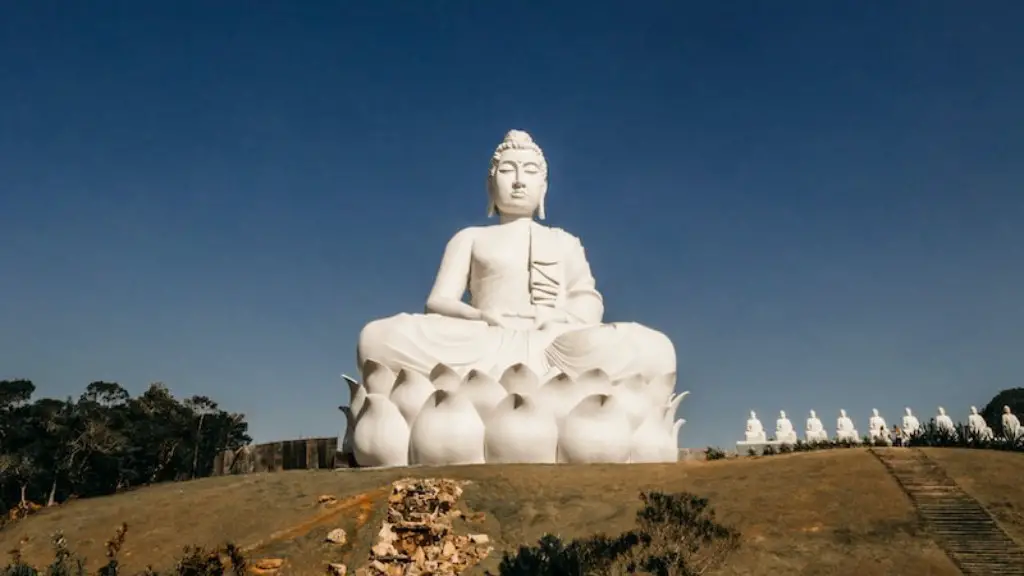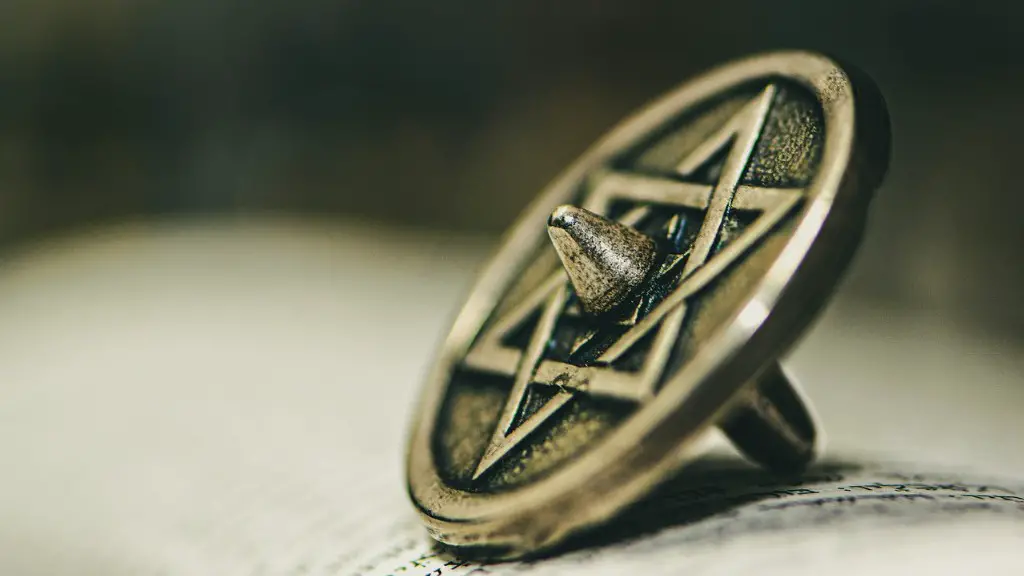Opening The Doors To The Spirit realm
Hinduism is the oldest existing religion dating back to the Indus valley civilization in 3200 BCE. It has taken many forms over the years and today embraces numerous forms of worship. One of Hinduism’s main beliefs is that of reincarnation. As Hindu’s celebrate the cycle of death and rebirth, much is focused upon life after death as an essential part of the belief system. It may be helpful to consider one of the ancient scriptures to understand this further.
The Bhagavad Gita is a piece of Hindu scriptura, which explains the basic features of Hinduism. It speaks of life after death as a journey, lasting until the soul is reborn in another body to continue its learning and experience in another life, “All created beings are unmanifest in their beginning, manifest in their interim state, and unmanifest again when they are annihilated”, (Bhagavad Gita 8:17). This brings a new interpretation to death, rather than the concept of the permanent cessation of life and the body ceasing to function, Hinduism instead explains life as an everlasting term, death only representing a pause between periods of life itself.
Hindu teachings continue to describe the process of transition between death and rebirth. Before death, the soul is still contained in material life, reliant upon routine but eventually is released from its body. This transition is then continued and the soul reaches a state of deep meditation. It is here that a divine process occurs and the soul relies on its own sign, a mark of its character and that which sets it apart from all other souls. By this the soul is given knowledge of its ventures in the future.
Depending upon the actions of the previous life, the soul will then transition to a new realm, either to be rewarded or to receive instruction. This is a chosen realm dependent upon how the soul has reacted to life before, a concept stated by Hinduism’s most important figure, Krishna in the Bhagavad Gita, “The nonpermanent appearance of happiness and distress, and their disappearance in due course, are like the appearance and disappearance of winter and summer seasons. They arise from sense perception, O scion of Bharata, and one must learn to tolerate them without being disturbed”, (2:14). In essence, every person is responsible for their own life and the journey after death that follows.
Mount Meru and The Three Worlds
The Hindu philosophy speaks of three “lokas” or worlds, which are all realms the spirit can enter when released from the body. The three lokas are, Svarga which is where those souls that followed duty and good deeds in their life will reside, “Those who have performed great austerities and sacrifices and have observed vows of purity, who have studied the Vedas, who are devoted to transcendental knowledge, who follow the path of devotion, and who are completely freed from lust, greed and anger, reside in the realm of Brahman,” (Bhagavad Gita 8:26). This is the realm of divine joy, however, below this is the realm of Naraka, aptly named the realm of suffering, this is where the bad are punished. Both the realms of Svarga and Naraka are found upon the mountain Meru, a mythical mountain said to be in the center of the world.
The final realm is the one that all souls will eventually reach, the realm of Moksha, also known as Vaikuntha. This realm is thought to be the realm of liberation, where the soul completes its kaleidoscope of life in the spiritual realm, free from pain and suffering, with a complete understanding of life and all its intricacies. The soul can remain in Svarga or Naraka forever or take the journey to Moksha, depending upon the cycle of life the soul has lived.
The cycle is said to have begun in the physical world and will end in the spiritual world, upon Moksha’s completion, the soul does not need to start this cycle again but instead is released from all material ties and remains in peace and understanding in the land of Brahman. This is the aim and endgame of all Hindus’, the cycle of life from which all springs from and to which all should return.
Karma
Karma is the beginning and end of the Hindu faith, the originating cause of life and the conclusion of the cycle following death. Going hand in hand with the philosophy of reincarnation, Karma is an invisible force causing the legacy of life, the essence of its progression. It is also the pointer of where within the realms of Meru the person will reside or remain following death. This could be as a demigod, a man or a devil, depending upon the Karmic score of the person. Good deeds and other positive actions will contribute to a positive score while negative actions will lead to an adverse one.
The Karmic score accumulates slowly over the person’s life and holds the power to decide where the soul will reside upon death. As the soul transitions from the body to the spirit realm, its score will be judged, if it is low, the soul will remain in the realm of suffering from whence it came, but if it is high, the soul will transit up the Meru to the realm of divine joy, where it will eternally reside. The end goal is to have a soul riddled with good deeds, offering the soul the chance to transcend to Moksha, the realm of liberation.
The Journey Of The Soul
The spirit of man is eternal, stretching through the realms of life and death as we see it, transcending between physical and spiritual realms. This is the journey of the Hindu faith, one that involves processions, change and understanding of the higher realm and what lies beyond our material realm of physical existence. In Hinduism, death is the pause between the cycle of life, the second verse of the Bhagavad Gita applies to this perfectly, “The one who considers this illusion to be a reality, who misconceives pleasure and pain, who is attached to the fruits of their actions, dwells in the material world their whole life.”
Karma Yoga: The Path Whilst In Life
Karma Yoga is the path for those wishing to ascend to Moksha, whilst still living in the physical world. In essence it is the good deeds one carries out in life, the behavior and attitude of the soul, this is the essence of how one reflects their soul on the outside; believing that God is in all and that everything that happens to man is due to karma. To be in a higher state of mind cannot be achieved through reciting mantras but by being conscious of the intent of the soul, understanding that the path of the future is determined by one’s present actions and those which once were.
Practicing karma yoga brings about an awakened state, where souls become conscious of the physical realm and all it asks, understanding their mortality, as Krishna states in the Bhagavad Gita, “The realization that every living entity is struggling to survive should also manifests. This understanding and insight into the relative position of oneself in this struggle and the understanding of one’s relative position among other living entities is what will bring increased obedience to the laws of nature”, (2:15).
Karma yoga allows the soul to become enlightened with the power of controlled activities, thought and spiritual realization, when practiced regularly it brings a stillness to the mind, a state of unity with the greater power of Brahman. This allows the soul to become uncluttered of material attachments and allows the journey to Moksha to begin, whilst still alive in the physical world.
The Upanishads and Atman
The Upanishads are ancient texts containing texts of Vedas, Vedanta, Samkhya and Yoga, the text are highly respected, some dating back to the 5th-6th centuries BCE. They hold the keys to understanding rebirth and death and the transitions between life and afterlife. The Upanishads speak heavily of Atman, the internal soul link, in essence a higher form of being existing within the human form that grants connection and understanding of the realms of divine joy, suffering and Moksha.
Atman is a remnant of the Brahman, the highest form of existence that ties all human souls together. It is through Atman that one can realise their mortality and the joys of life itself, its benefits and how to apply these to the journey of life itself, giving the soul a clear aim of the path to the realm of Brahman. To understand Atman is to understand one’s own mortality and the journey that lies ahead.
The Significance of Prayers and Offering
Whilst on their journey, the soul will be taken through a number of processes, this journey may be assisted by offerings to the gods, supplications to the divine powers, and other such actions that may be taken by those still in the physical realm. The practice of prayers and offering is a part of the Hindu faith and are symbols of respect and homage to the divine, as well as to heightened spiritual states. These forms of offerings help to keep the focus of life in practice and allow the person to lead a more peaceful, disciplined and content life.
Offerings come in many forms, some of the most popular being Yoga and meditation, the practice of prostrations and the recital of mantras. All of which allow mantras to seep in to one’s subconscious, offering reminders and assurances of the journey to come. Such practices are applied to a range of activities from home and family life, to everyday events and businesses.
Conclusion
The process of death and life as is presented in Hinduism is a beautiful outlook in contrast to other ancient belief systems, life after death is a continuous cycle and journey from one world to the next, each one existing in harmony and unison with the physical world. With the proper guidance, a person can assist their soul greatly in reaching Moksha, the highest spiritual state of being, by leading a peaceful and content life based in the main principles of the religion, thus allowing the soul to experience the fullness of life in the realms of the spirit.

